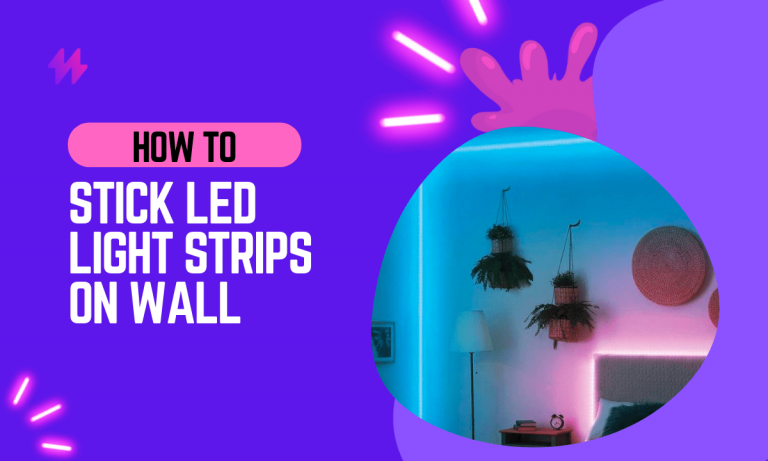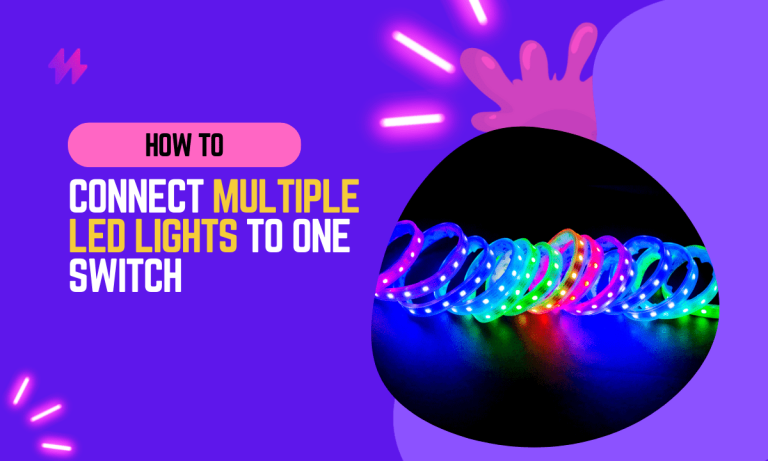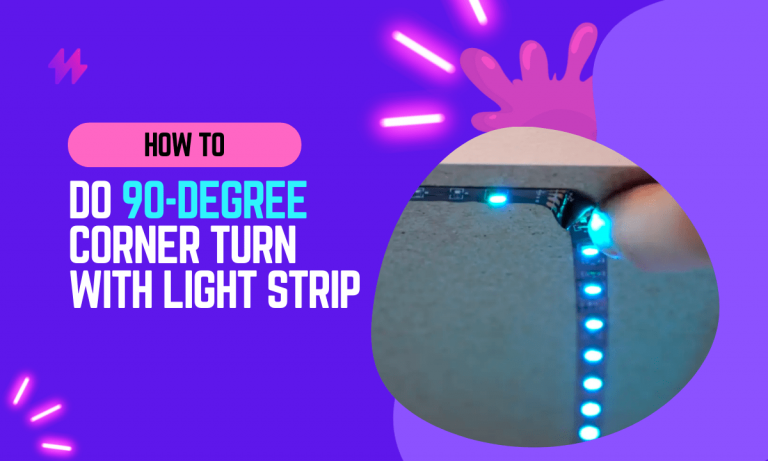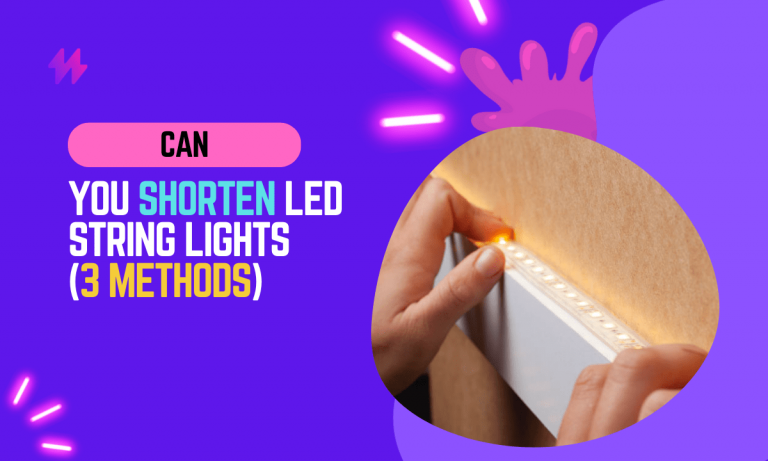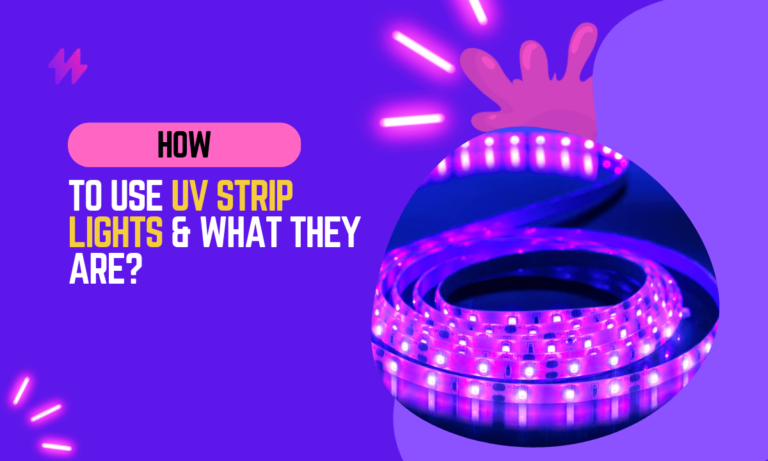How to Choose LED Diffusers for Light Strips
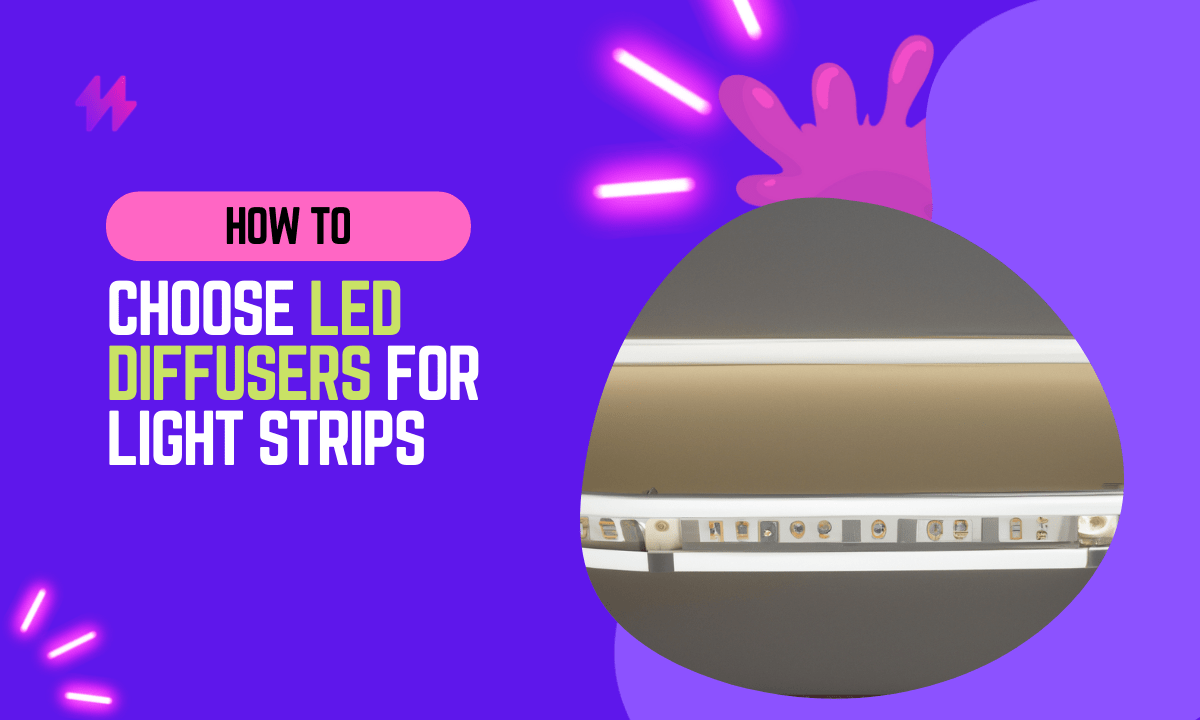
LED lights are a popular choice for lighting these days. LED light strips, in particular, can be used to create a variety of different effects, depending on the type and color of the LED light strip used. One crucial accessory for LED light strips is an LED diffuser. LED diffuser helps to spread the light evenly across the surface it is covering and prevents shadows from being cast.
This article will discuss what an LED diffuser is, why you need it, and how to install it.
What are LED diffusers and what do they do?
LED diffusers are coverings for LED light strips that help to spread the light evenly across a surface, preventing shadows from being cast. They are made out of materials such as acrylic or polycarbonate, and they come in a variety of shapes and sizes to suit different applications.
LED diffusers are important for LED light strips because they help to create an even light distribution. Without LED diffusers, the lights would create harsh shadows and uneven light distribution. This can be especially problematic when using LED light strips as a source of general lighting.
Different Types of LED diffusers
There are three main types of LED diffusers: panel, dome, and lens.
- Panel LED Diffusers: Panel LED diffusers are flat and rectangular and are best suited for large areas and LED Light strips.
- Dome LED Diffusers: Dome LED diffusers are round and resemble a dome, making them ideal for small areas.
- Lens LED Diffusers: Lens LED diffusers are shaped like a cone and are perfect for directional lighting.
LED Diffuser Lengths and Widths
There are a variety of light strip diffuser lengths to choose from, with most being 72 inches long. However, you can also get them in 96-inch or even shorter sizes if needed! They’re designed for use with aluminum channels and cover plates but they come as standard length options too so there’s no need to make your own fixture.
How to install LED diffusers for light strips?
Panel LED diffusers can be installed in two ways one by using screws or the other by using double-sided adhesive tape. Below see the whole process to install it.
- LED diffusers can be easily installed using the adhesive on the back of the diffuser.
- Make sure that the surface where you will be installing the LED diffuser is clean and dry.
- Peel off the adhesive backing and place the LED diffuser in the desired location.
- Apply pressure to the LED diffuser to ensure that it sticks to the surface.
- LED diffusers can be removed by using a soapy water solution and a cloth.
Tips for using LED diffusers for light strips:
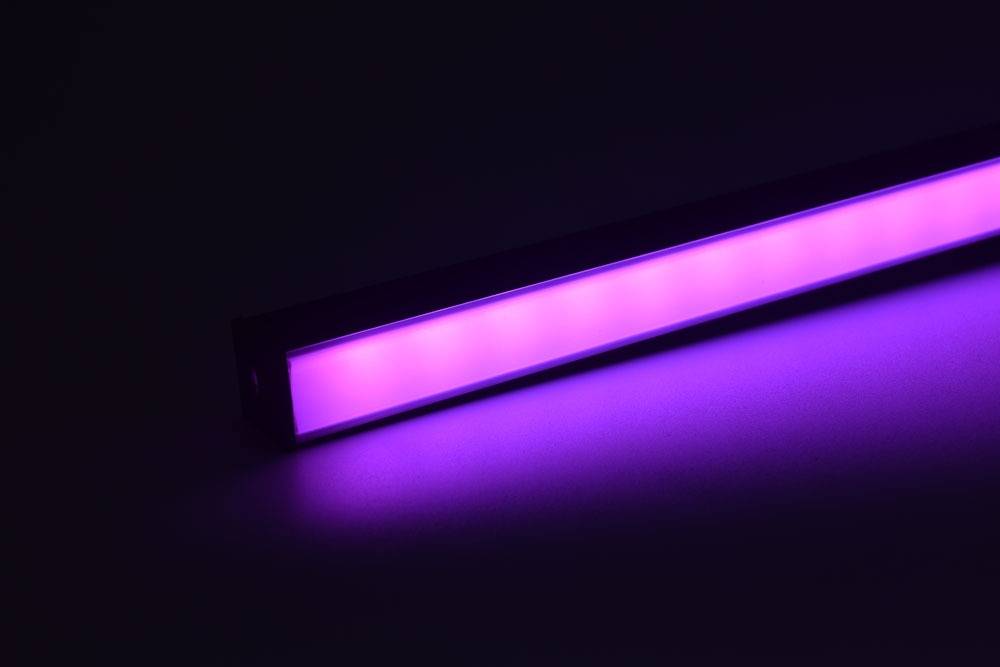
- When choosing an LED diffuser, make sure to select one that is the same size or larger than your LED light strip. This will ensure that there is enough coverage and that the light strip is not visible from behind the LED diffuser.
- If possible, try to avoid installing LED diffusers near heat sources, such as fireplaces or radiators, as this can cause the plastic to warp over time.
- To avoid creating hot spots in your LED light strips, be sure to evenly space out LED diffusers when installing. This will ensure that all areas of the LED light strip are receiving the same amount of lighting.
- By choosing LED diffusers that match the color and tone of your LED light strips, you can create a beautifully illuminated area that is perfect for any setting.
Whether you are using LED light strips for your kitchen, living room, or bathroom, LED diffusers can add a touch of style and sophistication that is sure to enhance the overall look of any space. So why wait? Start shopping for LED diffusers today and enjoy the benefits of LED lighting!
Conclusion
In conclusion, selecting the right LED diffusers for light strips is a crucial step in achieving both the aesthetic and functional goals of your lighting project. Diffusers play a key role in softening the intensity of LEDs, preventing glare, and distributing light evenly, which enhances the overall quality of light in any given space. When choosing LED diffusers, material quality and the type of diffusion should be primary considerations. Materials like polycarbonate or acrylic offer durability and excellent light diffusion properties, ensuring that the light emitted is not only uniform but also pleasing to the eye. The specific type of diffuser, whether it be frosted, opal, or clear, will depend on the desired lighting effect. Frosted diffusers, for example, provide a softer light, ideal for creating ambient lighting in living spaces or work areas where stark or direct lighting can cause discomfort.
Additionally, the design and compatibility of the diffuser with your LED strips must be considered to ensure a seamless installation. It’s important to choose diffusers that are easy to install and align perfectly with the dimensions and output of your LED strips. Many modern diffusers also come with features that allow for easy clipping onto the LED strip, simplifying the installation process. Assessing the environment where the LED strips will be used can also guide the choice of diffuser; for instance, in areas prone to moisture or dust, choosing a diffuser with protective properties is beneficial. Ultimately, well-chosen LED diffusers not only maximize the lifespan of your LED strips by protecting them from physical and environmental factors but also elevate the visual quality of spaces by delivering beautifully diffused light that complements both the functional needs and aesthetic values of any project.

